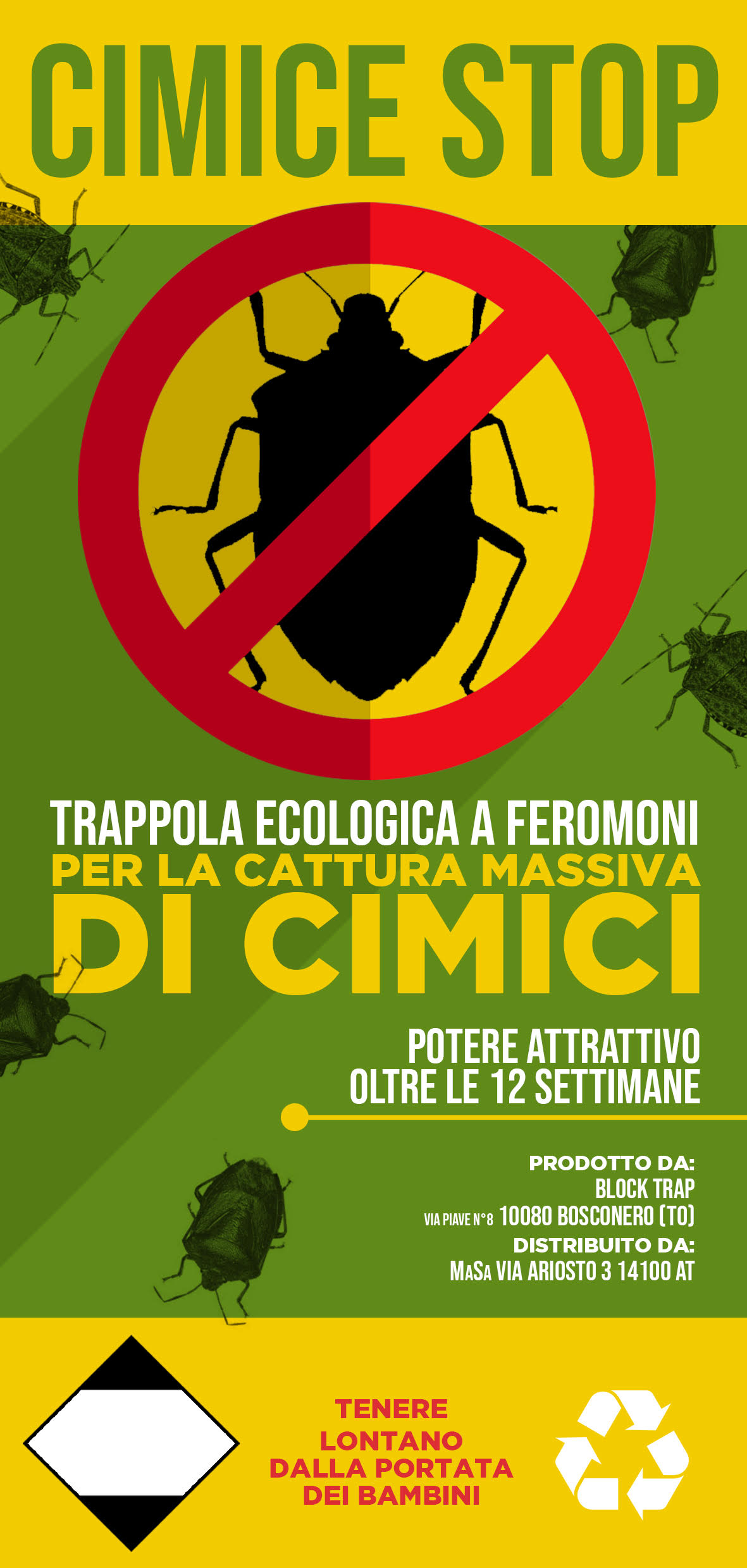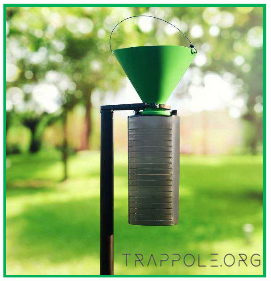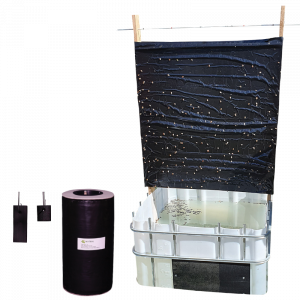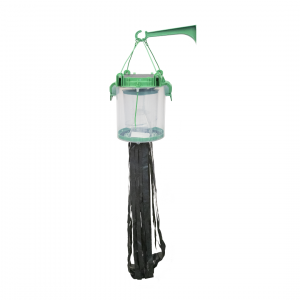Puffins are known to nest on cliffs and have a widespread presence across the coasts of the North Atlantic Ocean. In contrast, penguins are usually found on the coasts of Antarctica, South America, Africa, Australia, and some sub-Antarctic islands.
Both puffins and penguins are seabirds and share some ecological niches, like diving for fish, but they evolved separately and have no close genetic relationship. In this article, we'll explore the world of puffins and clarify how they differ from penguins.
Are puffins penguins?
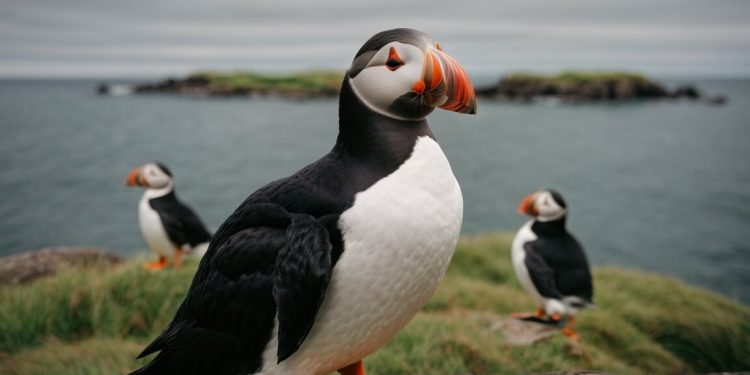
Puffins are small, charismatic seabirds belonging to the family Alcidae, known for their colorful beaks and unique appearance. There are three main species of puffins: the Atlantic Puffin (Fratercula arctica), the Horned Puffin (Fratercula corniculata), and the Tufted Puffin (Fratercula cirrhata). Each species is distinct in its physical characteristics and habitat preferences, but all share the iconic puffin traits that make them so recognizable and beloved.
Puffins Species and Characteristics
The appearance of puffins and penguins is somewhat similar, with black and white coloring. However, puffins have a more colorful beak and are smaller, typically measuring between 10 to 15 inches in height. Penguins are generally larger, with some species like the Emperor Penguin reaching up to four feet tall. The beaks of puffins are also adapted for their environment, suited for catching fish and nesting on rocky cliffs. Penguins, with their streamlined body shape, are adept swimmers, using their flippers to navigate through water.
Another significant difference is in their bone structure. Puffins, like most birds, have hollow bones, making them light enough for flight. Penguins have solid bones, which aids in reducing buoyancy and improving their swimming capabilities.
- Atlantic Puffin: The most widely recognized species, known for its bright orange beak and feet. These puffins are predominantly found in the North Atlantic Ocean, nesting on coastal cliffs and offshore islands from North America to Europe.
- Horned Puffin: Distinguished by its black back and white belly, with a fleshy, black “horn” above each eye. They primarily inhabit the coasts and islands of the North Pacific Ocean, from Alaska to Siberia.
- Tufted Puffin: Known for its striking tufts of yellow feathers on the sides of its head. Tufted Puffins are also residents of the North Pacific, with their range extending from northern Japan to the coasts of California.
Puffins Population and Distribution
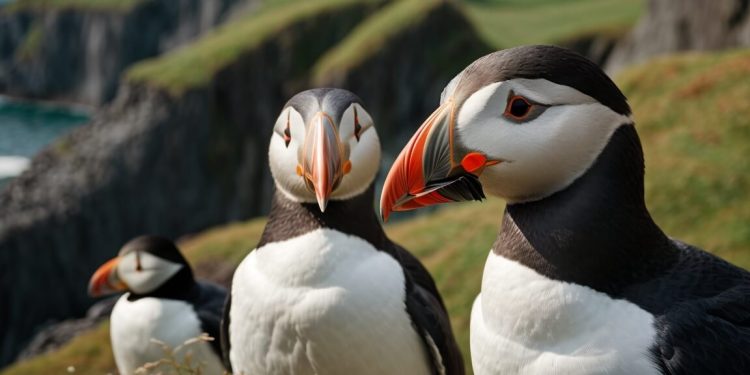
| Physical Characteristics and Behavior | Diet and Reproduction | Conservation and Threats |
|---|---|---|
| – Beak Color: Brightly colored in red, orange, and yellow. – Diving Skills: Capable of diving up to 60 feet and staying underwater for about 2 minutes. – Nesting: Nest in large colonies on cliffs and offshore islands, laying two eggs annually. |
– Diet: Piscivorous, mainly feeding on small fish like herring and sand eels. – Habitat: Rocky coasts, islands, and cliffs in the North Atlantic, North Pacific, and Arctic Oceans. – Reproduction: Monogamous, often mating for life. Breed in late spring or early summer, with both parents caring for the eggs and chicks. |
– Threats: Climate change, pollution, habitat loss. – Conservation: Protected by international treaties, populations generally stable, though some are declining. – IUCN Status: Listed as a species of least concern, but facing environmental threats in some regions. |
A study published in the “Journal of Avian Biology” demonstrates the Puffin's remarkable adaptability in their feeding and nesting habits, highlighting the importance of protecting their habitats for their long-term survival. For detailed insights and research findings, refer to this article: Adaptive feeding and nesting habits of Puffins. This link leads to a reputable scientific journal providing authoritative information on avian biology, specifically on Puffin behaviors and conservation efforts.
Puffins Conservation Status and Challenges
Despite their relatively healthy numbers, puffins face several conservation challenges, primarily due to habitat loss, climate change, and fishing practices that deplete their food sources. The Atlantic Puffin is classified as ‘Vulnerable' on the IUCN Red List, indicating a high risk of endangerment in the wild, primarily due to declines in certain key populations.
Both the Horned and Tufted Puffins are currently listed as ‘Least Concern,' but they are not immune to the environmental pressures that threaten their habitats and food supply. Conservation efforts are focused on protecting critical nesting sites, managing fish stocks sustainably, and monitoring population trends to ensure these iconic birds continue to thrive.
Interesting Facts about Puffins
- Puffins can dive underwater for up to 2 minutes and reach depths of 150 feet.
- They have a strong sense of smell to locate fish.
- Puffins live in large social colonies.
- They mate for life and return to the same nesting site annually.
Observing Puffins in Their Natural Habitat
Puffins can be seen in coastal areas of the North Atlantic and Pacific Oceans. The breeding season, from late spring to early summer, is the best time to observe them on land and at sea. Some of the best places to see puffins include the Farne Islands in England, Isle of May in Scotland, Trinity Bay in Newfoundland, Gulf of Maine, and the Aleutian Islands.
For more in-depth information about puffins and their conservation, you can visit BirdLife International and The Cornell Lab of Ornithology. These sites offer extensive resources on various bird species, including puffins, and their role in the ecosystem.












